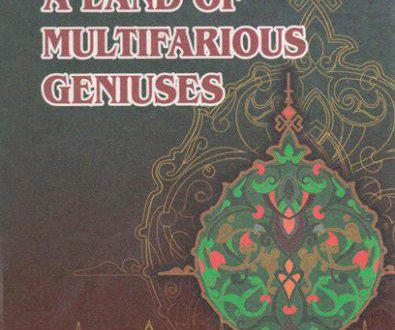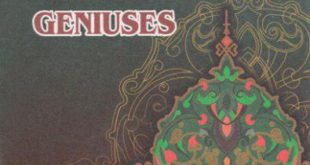It is well known that the description of the Islamic rules have always been in the centre of attention of the Islamic scientists and specialists. One of the first books devoted to the Islamic rules in Maveraunnahr was Imam Abu Mansur al-Maturidi’s (870-944) “At-Tawhid” and “Ta’vilat ahl as-Sunnah”. He was followed by a number of his disciples and students in this field, and their efforts were rather fruitful. One of them was Imam al-Maturidi’s spiritual follower Imam Abu-l-Muin an-Nasafi (1027-1114), a scholar who made a great effort in the dissemination of the Maturidia teachings throughout the world. We spoke about him in the previous articles of this book. He made an enormous contribution to the development and establishment as well as the dissemination of the Maturidiya teachings in the world with his books “Tabsirat al-adilla fi usul ad-diyn a’la tariqati Abu Mansur al-Maturidi”,, “Bahr al-kalam”, “Kitab at-tamhiyd li-qava’id at-Tawhid” by describing the main principles of the Islamic rules and teachings in this field. Imam al-Lomishi also built his main ideas and principles of description on the principles used in the works of those above-mentioned scholars and other specialists who lived in Maveraunnahr.
According to Doctor Abdulmajid Turki’s opinion, Abu-l-Muin an-Nasafi might have been one of the teachers and masters of Mahmud ibn Zayd al-Lomishi. As a proof of his suppositions, Doctor Abdulmajid Turki provides some paragraphs of his book “Usui al-fiqh” copied from Abu-l-Muin an-Nasafi’s “Tabsirat al-adilla” and compares the m with the original source.
“Kitab at-tamhiyd li-qava’id at-Tawhid” written by Imam al-Lomishi is a very important and precious manual for the representatives of “ahli Sunnah va-l-jamaat” as it describes and comments on the main rules of Islamic teachings in an easily understandable and rather acceptable language. If to speak in a wider scale, it is a precious source which describes and comments on the most urgent matters of Islam.
It needs to be stopped here on the personal relations of Imam Abu-l-Muin an-Nasafi and Imam al-Lomishi. Though Doctor Abdulmajid Turki did not make a detailed analysis of whether Imam an-Nasafi had really been a teacher for Imam al-Lomishi, we should take into consideration the fact that Imam al-Lomishi wrote about Imam Abu-l-Muin an-Nasafi being his master (sheikh) and made some necessary and direct citations from his books.
However, it seems rather strange that Imam al-Lomishi made citations only from his important work “Tabsirat al-adilla”, whereas Imam an-Nasafi had also written another book dealing with the problems of religion and Islam “Kitab at-tamhiyd li-qava’id at-Tawhid”. Imam al-Lomishi did not make citations from this book nor did he mention the title of this book. The same opinion can be said about “Bahr al-kalam” written by Imam an-Nasafi. We hope that further investigations and discoveries may provide interesting facts about these matters. Imam al-Lomishi gave his own ideas and views about different separate parties and groups in the religion as “marqiyuns”, “mujassamas”, “daysanis”, “karramis”, etc. and expressed his own attitude towards the ideas and actions of these trends.
It can be clearly seen from the above-mentioned historical and original facts that our great ancestors created precious and important scientific heritage, and thus made a noticeable contribution to the establishment and development as well as the dissemination of die Islamic sciences and their different branches as law and kalam. This legacy should be studied and investigated attentively in order to have a perfect imagination about their endeavours in these fields ol knowledge and education. It is a great honour for our scholars to carry out investigations and researches in these fields.
 Imom Buxoriy xalqaro ilmiy-tadqiqot markazi bukhari.uz
Imom Buxoriy xalqaro ilmiy-tadqiqot markazi bukhari.uz










